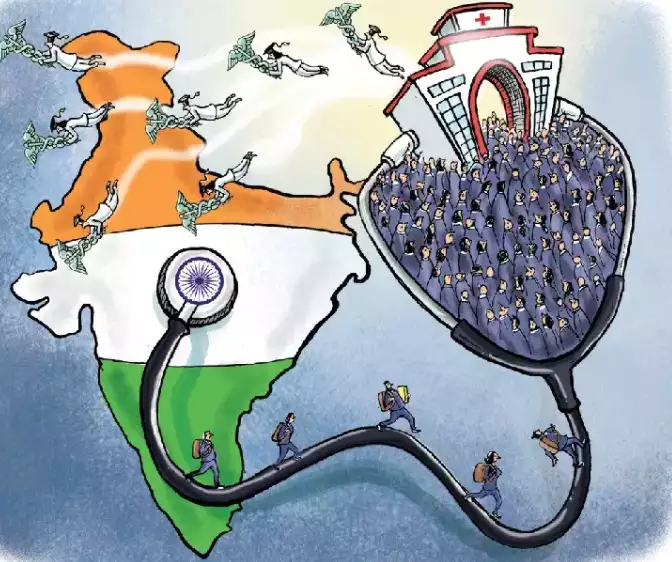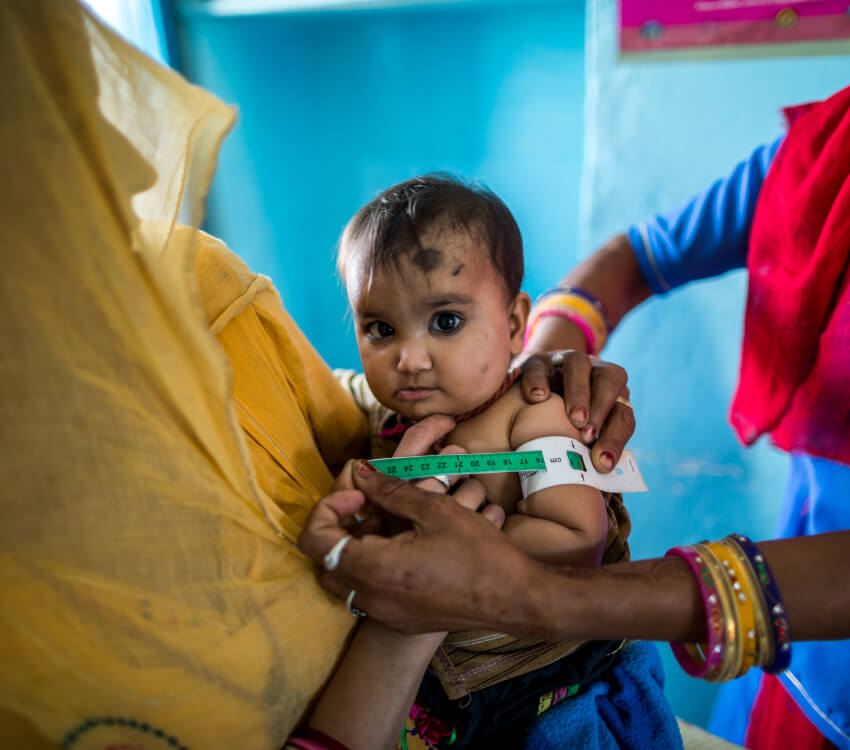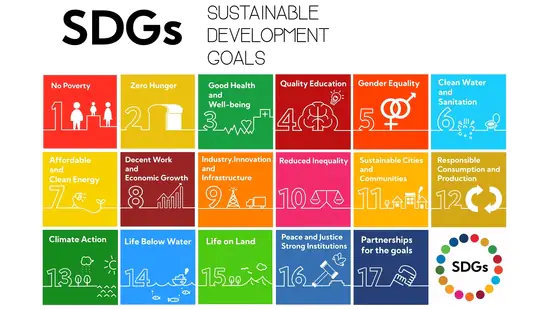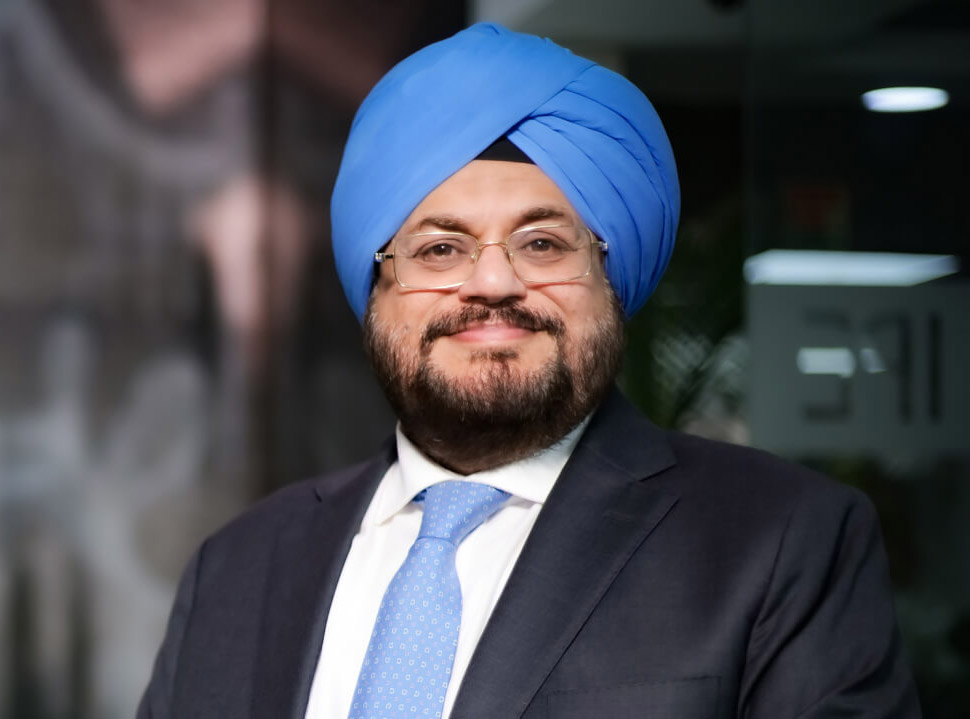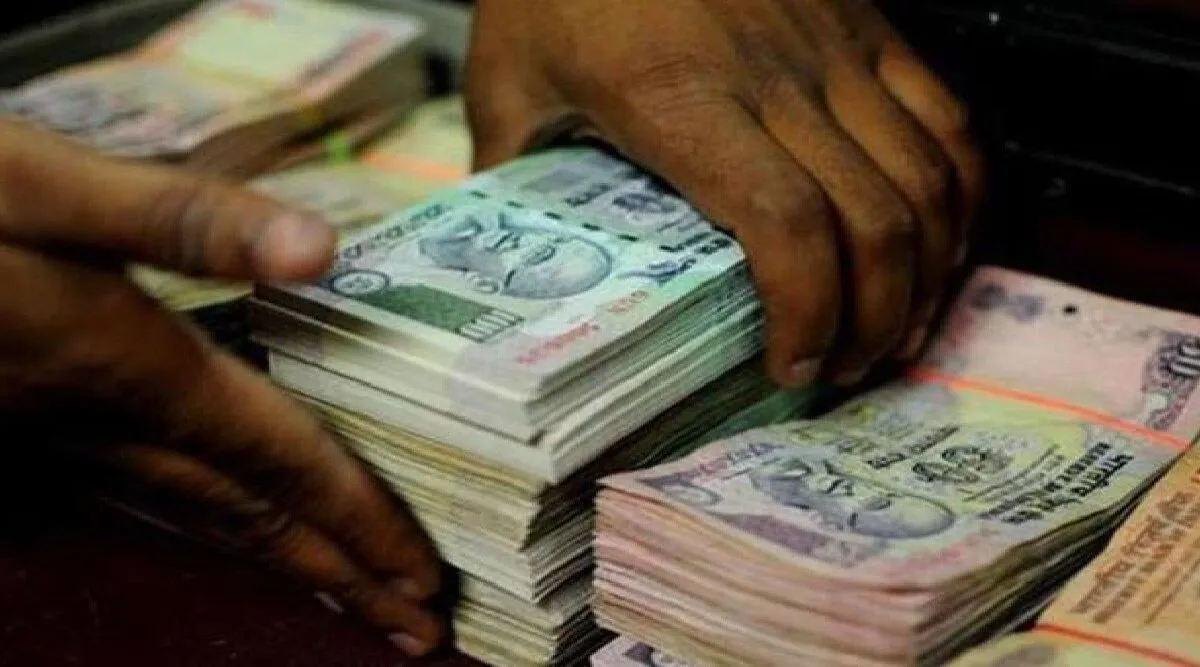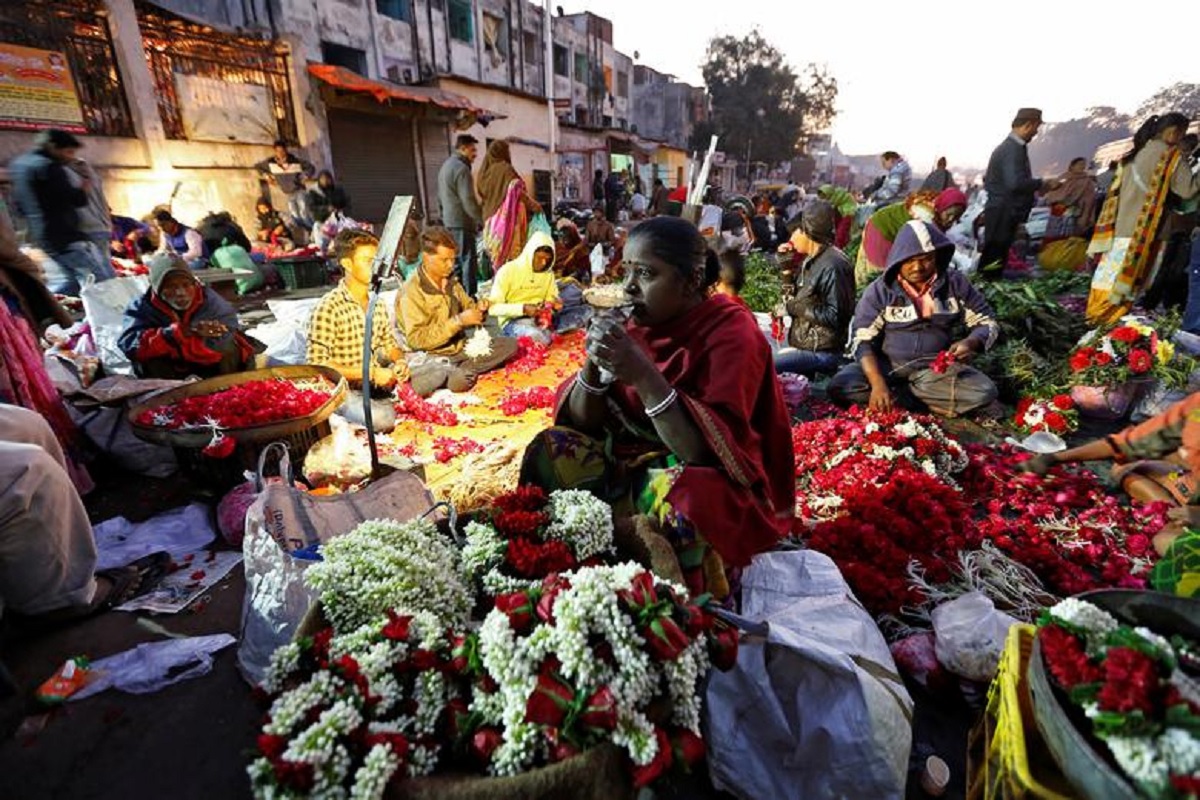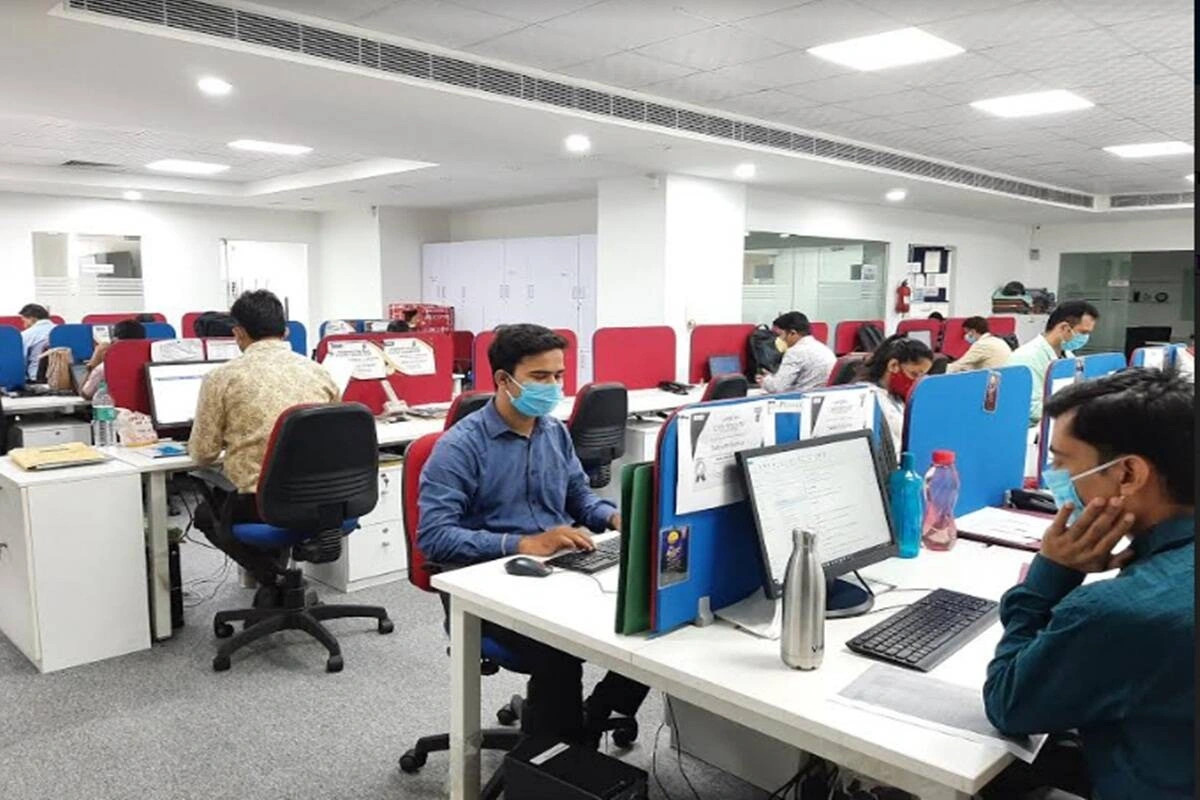With an ever-widening SDG Financing Gap (from $2.5 trillion in 2020 to $4.2 trillion in 2021), PPPs can play a key role in further advancing the health infrastructure of the country for a more resilient and robust care delivery shares Ashwajit Singh with ET HealthWorld.
As India celebrates 75 years of independence and the beginnings of Amrutkaal, its healthcare system, enriched by a 5000-year legacy has much to offer to the world. From eradicating diseases to pioneering healthcare initiatives, the country has witnessed big advancements in healthcare. Known today as pharmacy of the world, India has earned a global respect in the sector by becoming the largest producer of generic medicines and vaccine supplier by volume and having launched Ayushman Bharat-PMJAY, the world’s largest public health scheme that aims to cover the bottom 50% of people in the country.
Now at the threshold of its centenary, as India prepares to step into the future, expectations to see a healthier, resilient country, are high. Technological advancement, be it the emergence of mobile health devices, the use of digital information systems to streamline health data or rise of telemedicine, healthcare in India is set for a transformation both by reducing infrastructural burdens and enhancing last-mile delivery. Let’s find out …




